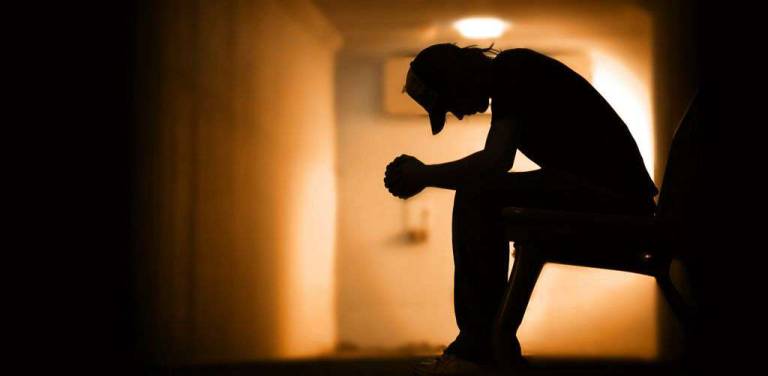By Vicki Botta
It’s a disease“It’s definitely a disease, or the U.S. government wouldn’t be paying for methadone or rehab and insurance companies would not have specific diagnosis and billing codes for it,” said Dinease Orzeck, a registered nurse, ordained minister and proprietor of the Holistic Healing Studio in Sugar Loaf, NY.
Orzeck lost two siblings to opioid addition; her brother recently only months ago and her sister died three years ago. She has devoted herself to having classes on healing and wellness and to educate the public on the benefits of CDB oil which she sells in her store. CDB Oil has been proven to alleviate pain without causing addiction.
It’s a weaknessA local physician who asked not to be named argued emphatically that it always starts out as a choice and ends up as a disease when a person does not choose to wean themselves off the prescription upon leaving the hospital. She adds, “by labelling it a disease, the abuser is enabled to continue abusing.” She defended physicians who have to prescribe strong opiates for severe pain, simply due to the nature of some procedures exceeding a person’s normal ability to cope with pain. She added that in many cases of opioid addiction there is already a history of mental illness present, i.e. biopolar disorder, depression.
Why the crisis?“We have a real crisis on our hands,” said Louise Luck of Goshen, a mitigation specialist and owner of Court Consultation Services of Goshen,” it is a nationwide epidemic and too many young people are dying.” Rather than define it as a disease or a weakness, she believes that a lot of what has led it to become such a social problem of epic proportions is that:
Drug companies advertise to the public
Doctors are not always cognizant of addiction possibilities in a patient’s history
Parents are not aware of the example they set for their children, i.e. self-medicating with alcohol or marijuana and allowing their children to accept it as normal behavior.
Families are not aware of changes in behavior or possible mental health issues either current or inherented.
“Clearly we need many more services and there is a need for funding and easier access to crisis services. Insurance companies need to provide long term treatment,” Luck said. “Drugs are a family issue and not just for the one taking the drugs. Services need to be provided for all who are affected by the drugs.”
She adds that long term treatment programs are needed, not “revolving door” short term programs because it takes time for the physical changes that occur to the brain to recover. ”Often,” she said, “a person who has been through a short term program goes back to the same environment that resulted in them lapsing into drug use in the first place and take the same dose they were used to before their treatment. They no longer have the tolerance to the drug and their body cannot handle it, so overdose and death occurs. “Narcon is not the answer,” she adds, “85% of major crimes are either drug related or committed while under the influence and jails and prisons have become holding cells for the mentally ill. While there are some AA and drug programs it is not like a treatment center, and after being incarcerated they can’t always return to function in social settings.” She emphatically implores, “Don’t let that be the route. Let’s help the young people with mental health, it’s each of our responsibility.” She added that anyone who knows someone going through a problem should reach out and talk to their parents or school or to someone they think can help.
Becky Carlson, Executive Director of the Sussex County Center for Prevention and Counselling in Newton, NJ agrees with Louise Luck that there is a need for long term treatment, and that short term treatment simply doesn’t address the biological genetic risk factor that changes the function of the brain. “28 days is not long enough and if they go back to the same home, same situation and relapse is extremely likely.” Becky believes that with treatment, medication and changes people make in their life, recovery is possible.
All Kids are at riskIt is not one school that is more at risk than another other nor is it that a one parent family is more at risk than a two parent family. The Center offers many family oriented programs and activities.
Carlson suggests:
If it genetics, it’s important to educate the family about it and make a conscious effort to talk about it.
Coach each other about situations and talk about it.
Roll playing exercises about how to deal with situations involving drugs are important
Other dangers Vaping is a huge concern because not only nicotine can be used in vaping. Marijuana and crack can be concealed with this method of smoking.
The center provides services for the individual and the families of individuals involved in drug treatment and offer events geared towards positive interaction and involvement, i.e. Family Day, etc.
Links: centerforprevention.org/counseling/sounceling:services/CFPC Counseling
centerforprevention.org/rcc/
youth.gov/youth-topics/substance :abuse/risk-and-protective-factors-substance-use-abuse-and-dependence
